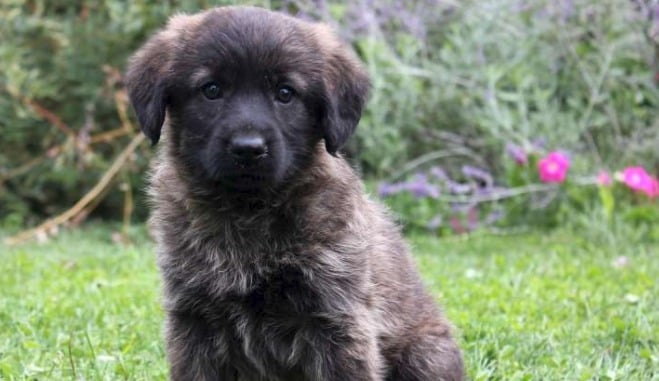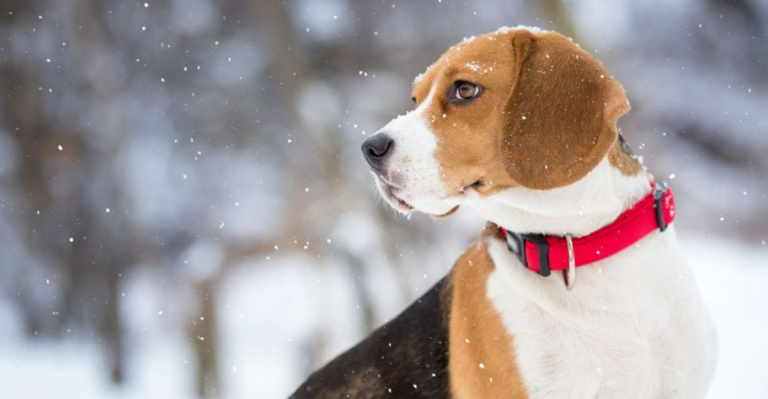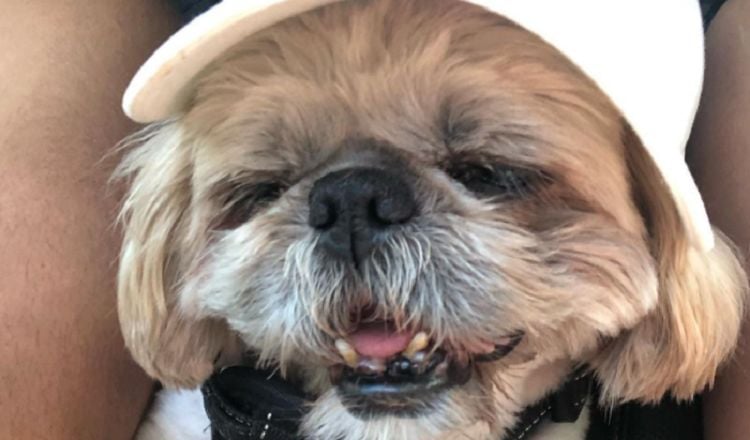Dogs That Snore Loud Enough To Shake The House
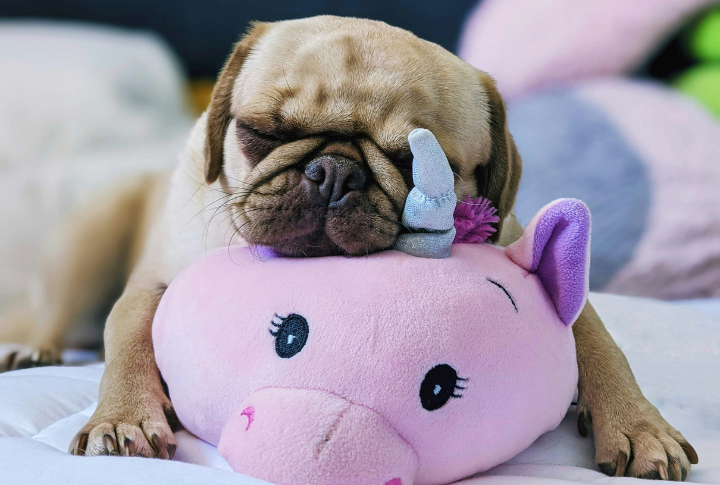
Certain dog breeds turn peaceful nights into a symphony of snorts and grumbles. Their anatomy, genetics, body structure, and sleeping habits create a perfect storm for noise. Understanding which breeds top the snoring charts can help owners prepare for nightly rumblings and potential health concerns. So, let’s get into it!
English Bulldog

A staggering percentage of English Bulldogs exhibit chronic snoring due to compressed airways. The excessive tissue inside the throat vibrates with every breath. Without proper care, breathing troubles may escalate, which impacts their ability to exercise and even their overall quality of life.
Pug

Compared to other small breeds, Pugs produce some of the most noticeable snores. Their short nasal passages create turbulence with every inhale. This structural limitation also means their snoring is loud, but it shouldn’t be ignored, as it can sometimes signal underlying respiratory issues that need attention.
French Bulldog

Why do French Bulldogs sound like miniature freight trains at night? It is because compact skulls leave little room for airflow, and snoring loudly becomes inevitable for the pup. In fact, restricted breathing can lead to disrupted sleep, and not just for you. Yes, their snoring isn’t always an indication of deep slumber.
Boxer

Boxers struggle with airflow caused by short muzzles and excess throat tissue. This obstruction forces them to work harder just to breathe while they rest, which leads to heavy snoring. Over time, poor oxygenation may also cause fatigue, and vet checkups become regular to catch respiratory concerns early.
Boston Terrier

Boston Terriers often snore with a distinctive, rumbling cadence, unlike the light snores of other smaller breeds. But why do they sound so much louder? This is because compact nasal passages and thick, soft palates contribute to sound amplification, and their nighttime noises are almost inescapable for owners.
Shih Tzu

Just imagine a Shih Tzu curling up for the night, its tiny nose buried in its fur. Within minutes, a steady symphony of snorts fills the room. Small skull structure and airway resistance make snoring inevitable, but certain factors like humidity levels and head positioning can also influence the volume.
Pekingese

If you’ve ever shared a room with a Pekingese, you know their snores can rival those of much larger dogs. Their flat faces and extra-soft tissue in the throat create constant airflow turbulence. This can make their snoring not just loud but almost impossible to ignore.
Chow Chow

A Chow Chow’s snore doesn’t resemble the high-pitched wheeze or rhythmic grumbles of other short-snouted pups. Instead, it carries a guttural depth accentuated by the sheer volume of the chest. This snore is due to their brachycephalic anatomy, characterized by a short muzzle and thick tongue.
Lhasa Apso

The long coat is not the only distinctive feature; you should know that its snores can match those of bigger dogs, too. Adjustment in sleep posture or the use of a humidifier can often reduce nighttime noise. However, it is important to understand that snoring in this breed indicates nasal congestion or an obstructed airway.
Bullmastiff

Excess skin folds around a Bullmastiff’s throat create resistance when they breathe, which increases its snoring intensity. Then, the excess tissue collapses inward during sleep and results in prolonged oxygen deprivation. Therefore, to minimize excess snoring, weight management is necessary to ensure they have clear nasal passages.
Saint Bernard
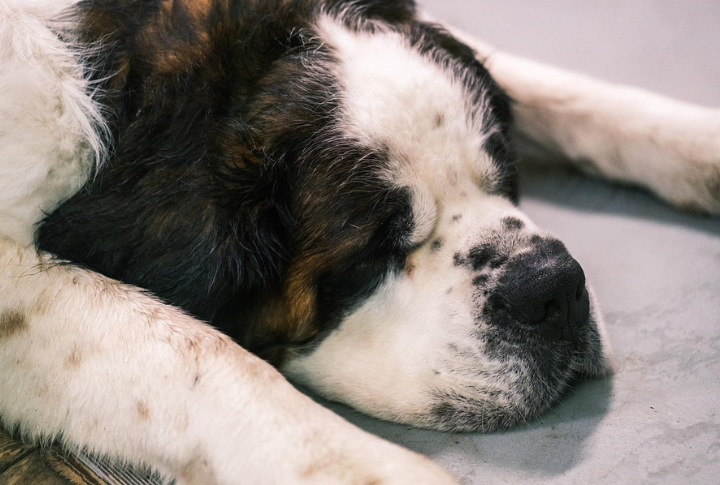
Picture a Saint Bernard settling into a cozy corner with droopy eyes as sleep takes hold. Moments later, snores echo through the house. It is their massive size and short snouts that contribute to this labored breathing. And the sheer volume of their breaths reflects the intensity of their rest.
Shar Pei

The signature wrinkles of a Shar Pei do more than just add to its cuteness—they create folds around the mouth and throat that shift as they sleep. These shifting layers, when pressed inward, can cause deep, rhythmic snores. As they age, increased skin laxity can make their snoring even louder.
Neapolitan Mastiff
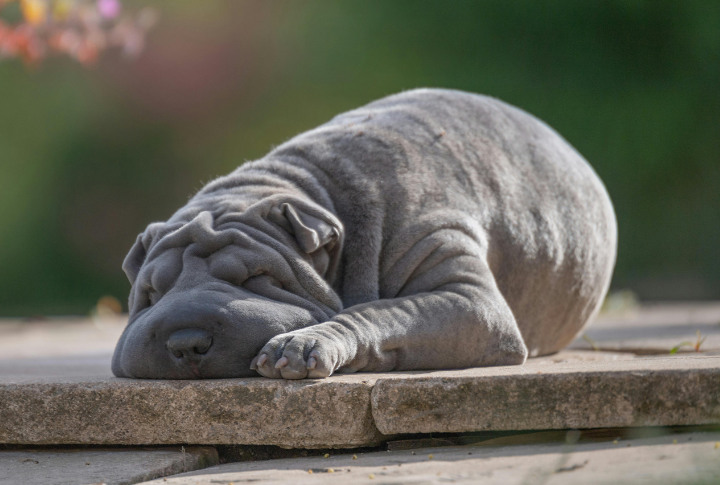
As a Neapolitan Mastiff exhales, its snores rumble like distant machinery. The sheer mass of their body adds pressure to the chest when lying down, intensifying the sound. Owners often find that their rhythmic, guttural breathing becomes part of the household’s nightly atmosphere.
Basset Hound

When it comes to Basset Hounds, snoring isn’t just a phase—it’s a breed trait. Long ears and deep throats create a perfect chamber for sound amplification. Snoring becomes more pronounced with age, and regular vet checkups become necessary to ensure it remains a harmless quirk rather than a health risk.
Cavalier King Charles Spaniel

Breathing issues plague Cavalier King Charles Spaniels due to compressed facial structure. Excessive snoring often results in disrupted sleep cycles, leading to daytime lethargy. Trying specialized bedding and elevating the head position can help reduce airway blockages and encourage more restful sleep.

